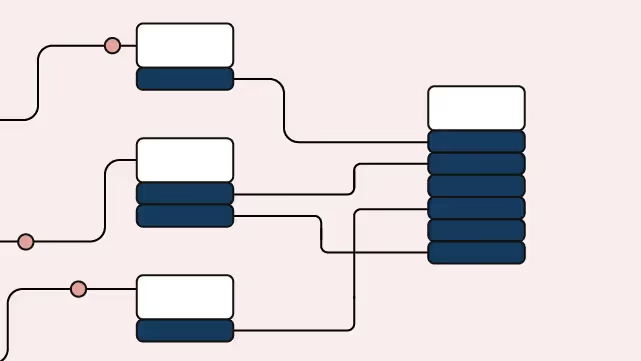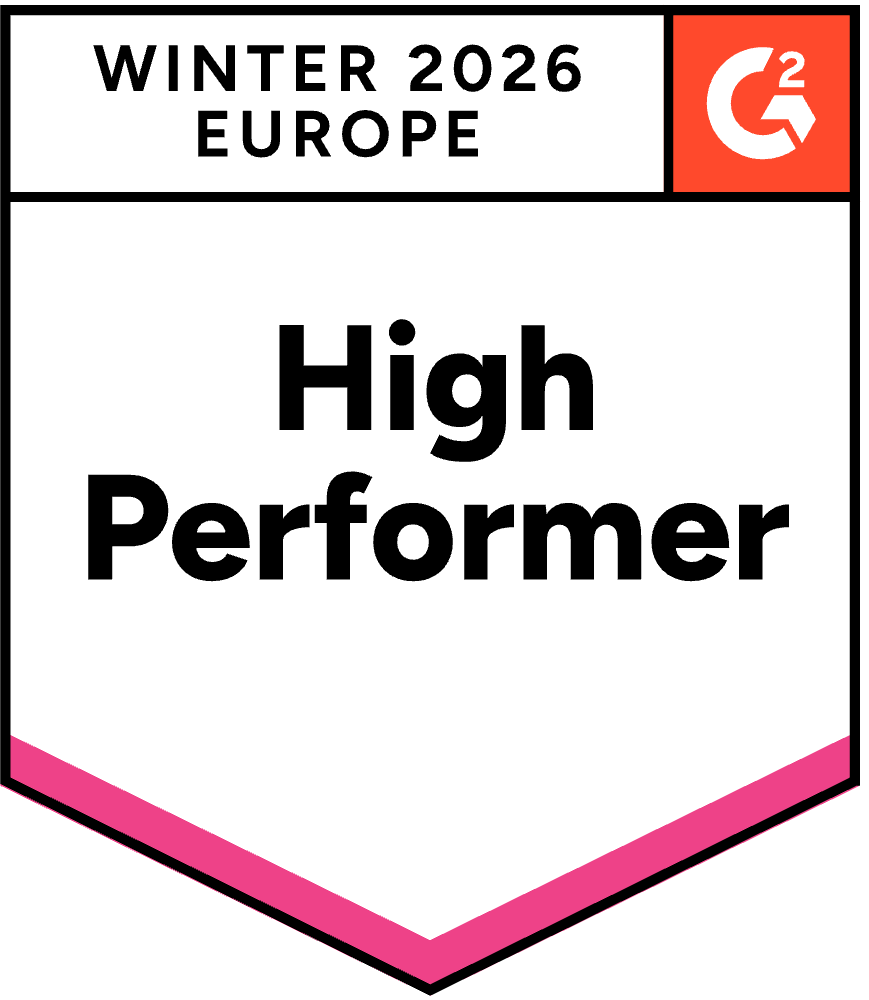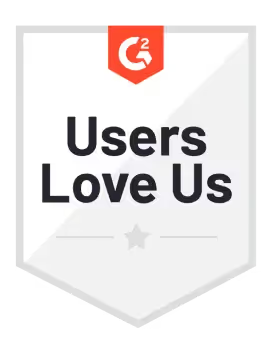Let’s continue our Data Literacy Series with another important topic: Data Lineage.
As we all know, data is at the heart of modern decision-making, and companies are striving to collect more and more of it to drive innovation and improve organizations’ processes and operations. But more data means more possibilities for the data to break. As the Modern Data Stack becomes increasingly complex, the more difficult it is to identify and quickly solve issues with data. Fortunately, data lineage can help data teams rapidly identify and troubleshoot data issues without spending their time “manually” going through data pipelines. To explain the concept of data lineage, we’ll answer the following questions:
- What is data lineage?
- Why is data lineage so important?
- How can having automated data lineage help your organization?
- How to choose the best data lineage tool for your company?
What is data lineage?
Data Lineage refers to mapping the journey of your data from its origin, through its different transformations and processes it flows through, all the way to its destination and the areas it feeds into. Data lineage can be documented visually; think about it as a family tree of data. It helps answer the following questions:
- Where does the data come from? Where is it located? What does it feed into?
- Who created the data? At what point? And for which purpose?
- What information does the data contain?
The process of mapping the data journey through the entire data pipeline facilitates troubleshooting when data breaks, making the life of data teams a lot easier. Let’s dive into this more in-depth.
Why is data lineage so important?
Do you remember Brian from our previous blog? Let’s talk about his story a bit more. As soon as he found out about the duplication issue, he immediately alerted Sophie - a data engineer who works in the same team. She starts investigating the case by trying to trace back the order fulfillment process. In this attempt to identify the root cause, she realizes how complex the dependencies are between data sets and feels like she will spend hours figuring everything out. On top of that, Sophie was under tremendous pressure to solve multiple stakeholders' issues, like operations and finance. Imagine if Sophie had a visual representation of the overall flow of data where the dependencies were shown clearly - she would have spent less time getting to the bottom of the issue and faced less pressure from the other departments.
How can having automated data lineage help your organization?
Data lineage can bring different advantages to data teams and organizations in general. Here are three of them:
- Business impact: Having a visual mapping of your data allows teams to work together more efficiently. By allowing everyone to be part of the data journey and understand its implications, data can help drive better business decisions.
- Data privacy regulations & data governance: Effective data lineage allows organizations to conduct auditing and better comply with recent regulation and risk management requirements like GDPR, HIPAA, and industry requirements like PCI DSS, BCBS 239 MiFID II for financial institutions.
- Improved processes & operations: Data Lineage optimizes error detection and resolution, assists with impact analysis, and enhances software systems.
So, we can agree that Data Lineage is paramount to the success of a data-driven business, but where to start?
How to choose the best data lineage tool for your company?
For us, there are three primary considerations to make before investing in a data lineage tool:
- First, your tool needs to integrate easily with your data stack without requiring additional lifting from your engineers. Data lineage must be your ally, not an additional burden.
- Second, your data lineage tool needs to be user-friendly, not only according to your data engineers. The whole point of lineage is to ensure that everyone within the organization can get the complete picture of data. This means that data engineers, data scientists, and data analysts need to be able to leverage lineage.
- Third and finally, you need to always consider the three pillars of lineage: sources, transformations, and targets. So, make sure that the lineage is computed end-to-end from data sources through data pipelines to your data storage.
The whole point behind lineage is to ensure that everyone in your organization gets the complete picture of data.
Data lineage - The technology at the core of Full Data Stack Observability
Data lineage is one of Sifflet’s Full Data Observability pillars, and it goes hand-in-hand with data quality and discovery. Mapping out the dependencies between data enables data users to fix any data issue and constantly maintain high reliability quickly.
We believe that adopting Full Data Stack Observability is the best way to unlock the unlimited possibilities of data-driven decision-making without constantly worrying about the reliability of the data. Do you want to know more about Sifflet’s Full Data Stack Observability approach? Would you like to see it applied to your specific use case? Book a demo or get in touch for a two-week free trial!

















-p-500.png)
